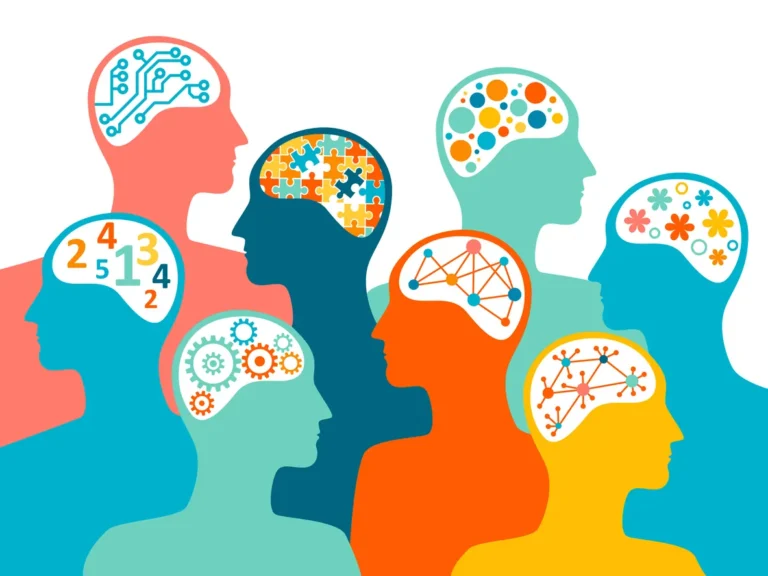Story at-a-glance Comorbidity is the rule, not the exception – Most children with learning disabilities have more than one condition, with studies showing 40-60% of children with one learning difference also having another, creating complex learning profiles. Shared underlying brain systems create overlap – Many learning disabilities affect similar neural pathways and brain regions, particularly …
[Read more...] about The Overlap: How Multiple Learning Disabilities Often Occur Together





